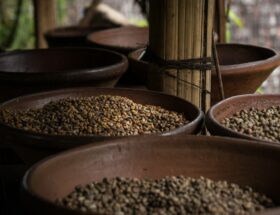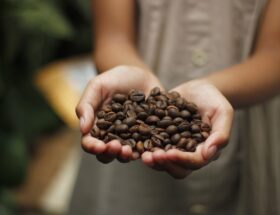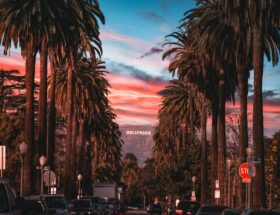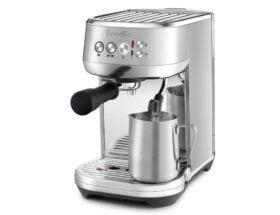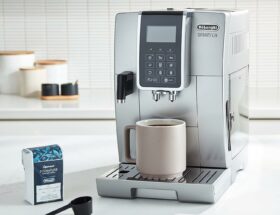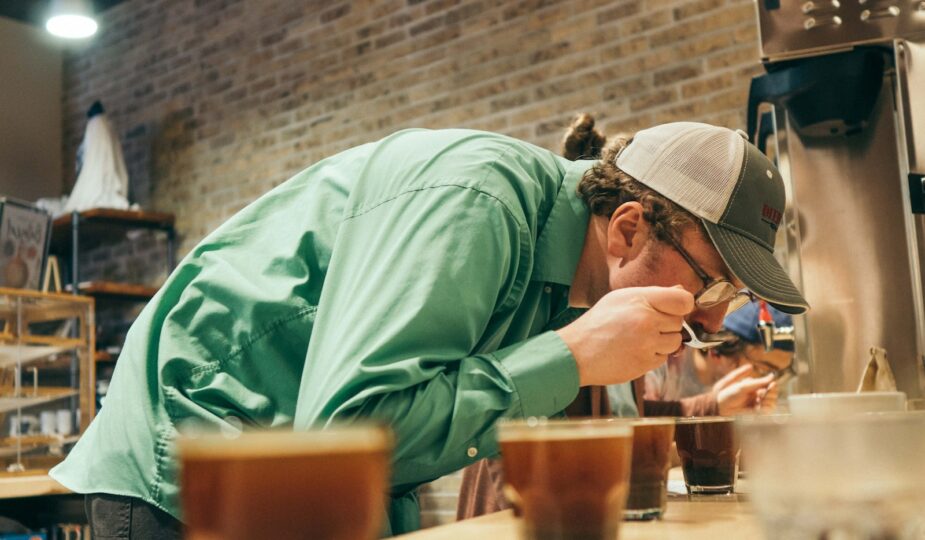
Which Coffee has the Most Caffeine Light or Dark?
If you’re like me, a passionate coffee aficionado, you’re always curious about every tantalizing detail that differentiates one brew from another. Today, let’s demystify a considerably misunderstood topic – which coffee has more caffeine: light or dark roast? Some say it’s dark; others swear it’s light. I promise, by the end of this blog, you’ll have a clear understanding. So, buckle up, coffee lovers, as we prepare to embark on a well-caffeinated journey, delving into the wonderful world of coffee roasts.
Table of Contents
Unraveling the Coffee Myth: Which Roast Packs More Punch?
The age-old stalemate of which coffee roast contains the most caffeine, light or dark, is a conundrum that baffles many coffee enthusiasts. Pouring over countless studies and simulations, I’ve brewed up the truth that will surely perk up your coffee knowledge.
The Science of Caffeine and Roasting
To begin, we must understand that caffeine content changes during the roasting process. Contrary to popular belief, caffeine is quite stable at roasting temperatures. Hence, the amount of caffeine in beans doesn’t shrink or expand significantly during the roasting process. So, let’s dive deeper to shed light on why the myth exists.
Civic Duty: Dark Vs Light Roast Caffeine Clash
When lighter roasts and dark roasts are compared cup-to-cup, it’s easy to assume that stronger-tasting dark roasts pack more caffeine. However, it’s a fundamental misunderstanding to equate taste strength with caffeine content. Studies have shown that if you measure your coffee using scoops, light roasts pack more caffeine because they are denser than dark roasts. Yet, if you weigh your beans, darker roasts have slightly more caffeine because they’re larger due to the high roasting temperature.
Let’s Break it Down
| Type & Region | Roast | Caffeine | Flavor & Aroma |
|---|---|---|---|
| Arabica (Africa, Latin America, Asia) | Light | Low | Citrusy, floral, fruity; Delicate, complex |
| Arabica (Africa, Latin America, Asia) | Medium | Low | Sweet, balanced, nutty; Rich, smooth |
| Arabica (Africa, Latin America, Asia) | Dark | Low | Bitter, smoky, chocolatey; Bold, intense |
| Robusta (Africa, Asia) | Light | High | Woody, earthy, grassy; Sharp, harsh |
| Robusta (Africa, Asia) | Medium | High | Spicy, nutty, caramel; Strong, full |
| Robusta (Africa, Asia) | Dark | High | Burnt, bitter, rubbery; Heavy, pungent |
| Liberica (West and Central Africa, Southeast Asia) | Light to Dark | Moderate to High | Smoky, woody, floral; Distinctive, exotic |
| Excelsa (Southeast Asia) | Light to Dark | Moderate to High | Tart, fruity, nutty, spicy; Complex, diverse |
| Gesha (Ethiopia, Central America) | Light to Medium | Low to Moderate | Citrusy, peachy, tea-like; Delicate, exquisite |
| Maragogype (Brazil, Central America, Indonesia) | Light to Medium | Low to Moderate | Chocolatey, nutty, caramel; Mild, low acidity |
Decoding Density: Light Roasts
Light roasts are roasted for a shorter period and at lower temperatures resulting in denser beans. Therefore, when you measure your coffee by volume such as with a scoop, you’ll pack more light roast beans into it. More beans mean more total caffeine. Consequently, when measured by volume, lighter roasts will provide slightly more caffeine.
Size Matters: Dark Roasts
On the flip side, dark roasts are roasted longer and at higher temperatures, causing the beans to expand and become larger, less dense than their lightly roasted counterparts. This implies if you measure your coffee by weight, it takes fewer dark roast beans to make up a pound. So, when measured by weight, darker roasts will yield a bit more caffeine.
Caffeine Content and Brew Method
Remember, factors such as brew method, bean origin, and grind size can drastically affect the caffeine content in your cup. For instance, Espresso, which uses a dark roast bean, has more caffeine per volume than drip coffee, despite the bolder taste due to the pressure and high-temperature brew process.
To sum up, real differences between the caffeine content of light and dark roasts are quite minute. These contrasts are more perceivable in the flavor profile, which is defined by the roast level.
Conclusion: A Celebration of Caffeine and Taste
Our exploration into the debate of caffeine in light versus dark roast coffee has revealed that the difference between them is relatively minuscule. It’s like two sides of the same coffee bean – fascinating, mysterious and, most importantly, delicious. Both roasts offer their unique flavors and characteristics that can cater to diverse palates and moods.
Whether you prefer your coffee-dark, rich, and bold, or light, fruity, and acidic, the captivating world of coffee is here for you to savor. It’s not just about the caffeine rush; it’s about the journey that coffee takes us on, from the aroma that tickles our nostrils to the invigorating flavors that dance on our tongues.
At the end of the day, the best coffee is not the one with the most caffeine. It’s the one that brings you the most joy each time you lift your coffee cup. I hope this blog has enlightened you a bit more on your coffee journey, and perhaps sparked some new thoughts or questions.
Join the Brew Crew Conversation
I’d love to hear your thoughts on this caffeine conundrum. Which roast do you prefer, and why? Have you noticed any differences in caffeine effects between light and dark roast coffee? Maybe you’ve got a burning coffee question that wasn’t answered in this blog. No matter what’s brewing in your mind, the comment section below is your platform. Let’s keep this coffee conversation percolating.
Remember, the world of coffee is vast and full of wonder, so never stop exploring, and don’t forget to enjoy every cup.

